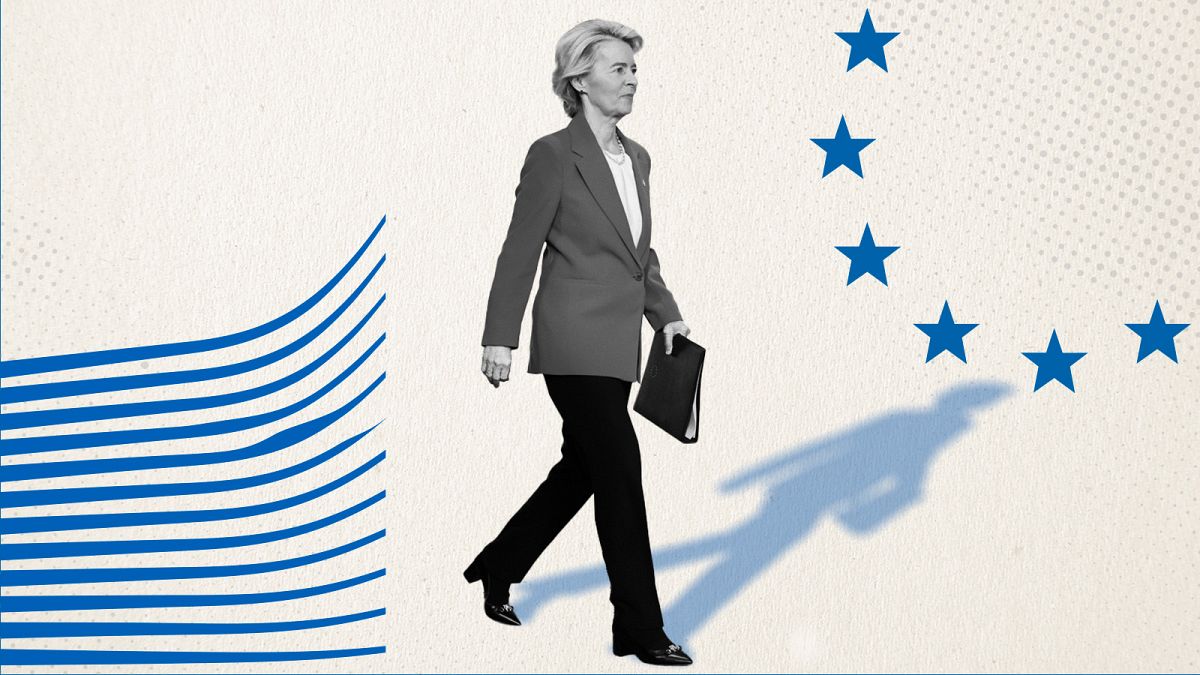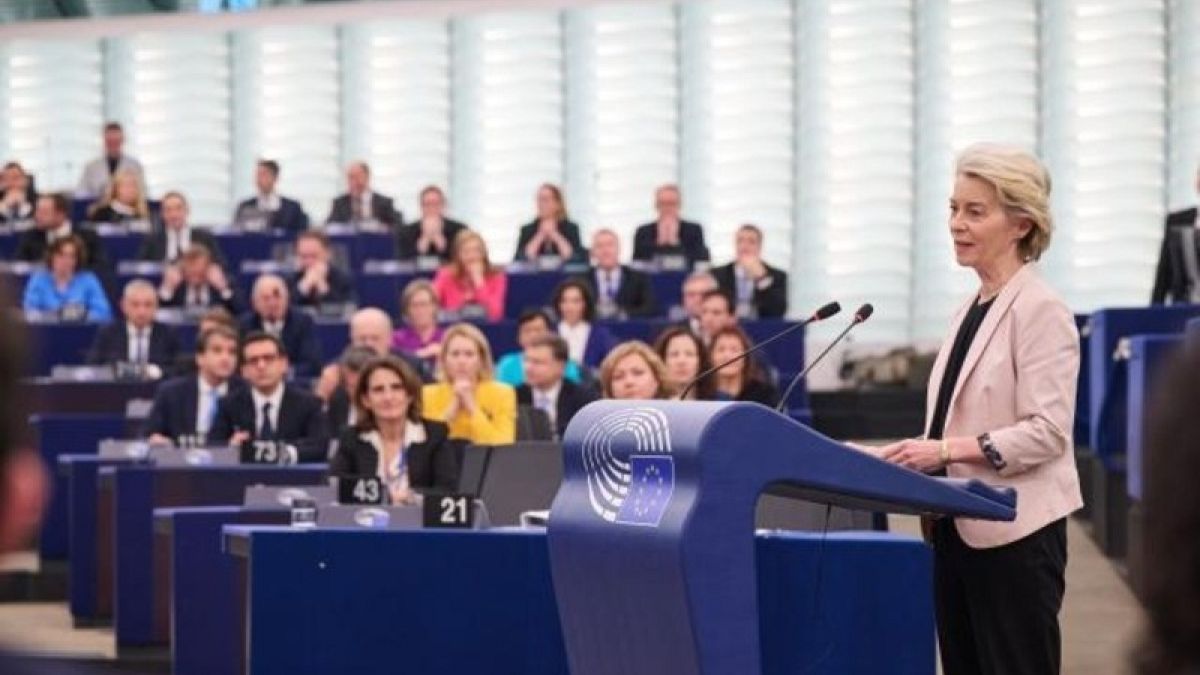The final stages of the Polkinghorne murder trial are underway, with Crown prosecutors beginning their closing address to jurors today.
The trial is now in its eighth week.
Crown prosecutor Alysha McClintock wasted little time telling the jury about the Crown’s impressions of the 71-year-old murder accused.
Polkinghorne denies fatally strangling his wife and staging her death to look like a suicide in 2021.
His defence has said nothing sinister happened and he woke to find her already dead, highlighting her prescription pills and depression.
Large monitors in the courtroom were used this morning, including to show an image of Hanna’s covered body.
The public gallery at the High Court in Auckland was full to capacity.
Polkinghorne sat typing on his laptop during McClintock’s address, not looking up.
‘It isn’t suicide, it’s murder’
McClintock said the Crown case is that Polkinghorne took his wife’s life.
“It’s mind-boggling, you’ve got to handle a dead body, and it’s really hard to get your head around that,” she told the jury.
“There’s a lot to get your head around, but try, you must.
“And when you do, a picture emerges and it’s a clear picture, it’s not one of suicide, it’s one of homicide,” she said.
She said Hanna did not die by accident or by mistake at Easter 2021.
“It isn’t suicide, it’s a murder,” she said.
‘There is an arrogance in Dr Polkinghorne’

McClintock said police assumed the man who stood in front of them on Easter Monday, 2021, was a devastated husband.
They also assumed Hanna, lying on the floor and covered with a duvet, was a victim of suicide.
“Pauline Hanna’s death at first pass did look like a suicide,” she said. “It was meant to.”
She said police looked around, as per procedure, to assess the supposed suicide.
“So they did their job. They tested that rope, not expecting what happened next to happen next,” she said.
“Under minimal tension that rope fell the way to the ground, it seemed that things were not adding up.”
She told jurors some of them may think Polkinghorne could talk his way out of it.
“He never expected, you might think, to be at that police station in the first place… supposedly, the police should’ve just rubber-stamped this.
“They had questions… he talked about a whole range of things, but not a lot that was meaningful about his wife,” McClintock said.
“Pauline Hanna did not die tied to that rope. That’s why he couldn’t explain it,” she added.
“There is an arrogance in Dr Polkinghorne I suggest that you should not underestimate,” the jury was told.
“The Crown case is he has taken his wife’s life.
“As he blamed her in life, he blames her in death.”
‘You need to keep all the evidence in mind’

McClintock urged jurors to keep all of the several weeks of evidence in mind.
“What was he doing in the lead-up to that night? What was he doing immediately after that night?
“Because all of those things need to be looked at as well. Do his actions support his claim that his wife committed suicide?” she asked.
McClintock said Polkinghorne had manipulated evidence, deleting messages and making a blood mark on stairs in their home.
“That sort of testing of the evidence in this case is particularly telling, I suggest to you,” she said.
McClintock said the murder trial is determined by evidence from people who saw, knew and loved Hanna.
“And it’s determined by her own voice, in her emails, and her letters.
“She was not a woman who had given up. She was a woman whose husband was giving up on her.”
‘Living another life’
McClintock said Polkinghorne was an atypical man with “high levels of intelligence” and self-assurance.
“He was also living another life which you’ve heard about, he was living in another world.
“A world centred on Madison Ashton and their relationship, which, at least in his mind, was their future,” she said.
McClintock said it was clear in Polkinghorne’s mind he saw his future with the Australian escort.
“In this world, there was secret financial support for a number of sex workers… that’s the evidence,” she said.
“And he had, I suggest, a problematic methamphetamine habit.
“There’s the two worlds, the one with his wife and the one with Madison Ashton and the problematic methamphetamine habit.
“They were always going to collide at some point, and collide they did on the night of 4 April 2021,” she said.
“Ms Hanna’s death was the result of that but not by her own hand, by the hand of her husband.”
Closing to last all day
The Crown closing is expected to last all of Monday.
Prosecutors moved on to highlighting a web search Polkinghorne made after his police interview the day his wife died.
The Crown said he did “a series of things” that are “telling and critical”.
McClintock called it “double deception” that he made the search in a private browser, DuckDuckGo.
She said the search of “leg edema after strangulation” unmasked a murderer and his actions were not those of a distraught husband.
“Surely, his wife who’d just taken her life, that’d be the very last thing on his mind,” McClintock said.
She said it appeared to be the “one and only thing searched” using the search method, suggesting Polkinghorne wanted anonymity.
“That search in no way fits with a man whose wife has committed suicide. It simply does not fit,” she said.
McClintock said Hanna “experienced challenges” in life, and there was no doubt about this.
“She had a number of suicide risk factors, that’s true.
“But it’s Pauline Hanna as of April 4, 2021, that matters,” she suggested, adding that Hanna was not at risk at this point.
‘It starts to make more sense’
McClintock re-visited a supposed blood stain found on stairs in the couple’s home.
This stain was not treated as blood in the initial ESR examination, and hasn’t since.
But a defence expert said it is blood, and that it’s Polkinghorne’s.
The Crown told jurors this was Polkinghorne planting evidence to cover his tracks.

“Two years later it’s there. And two years later it looks different. He’s there on the day of the miraculous finding of this blood,” McClintock said.
She said this was a visual sign of manipulation and evidence contamination.
“But in any case how would it even get there… you need not think of the logistics too much because the evidence suggests it wasn’t there,” she said.
“Now it’s hard to believe, I know, that someone would fake their wife’s suicide but here he is faking evidence.
“He’s gone from fake rope… to fake blood, all trying to make a fake suicide,” she said.
“Once you understand Dr Polkinghorne’s capacity to manipulate things, to interfere with things… it starts to make more sense,” the jury was told.
“If Pauline Hanna had died by suicide none of the things I’ve said would have happened,” McClintock said.
She reiterated the Crown’s belief that Polkinghorne was not a devastated husband after his wife’s death.
‘She was so excited’
McClintock moved onto another stage of her closing, focusing on Hanna as a person.
This is because of the defence suggestions the 63-year-old was working long and demanding hours and had thought about and attempted suicide before.
The Crown accepts Hanna was using Prozac for 20 years.
“Despite the challenges she lived with, Pauline Hanna was not suicidal on the night of 4 April 2021,” she said.
“I suggest suicide can be excluded as a reasonable possibility.
“If it’s not suicide it’s murder,” she said.
McClintock said Hanna was a beautiful and successful woman with strong ties to family.
“These were roles that she relished,” McClintock said, adding that Hanna lived for her family.
She also told jurors Hanna was flourishing in her demanding work as a health administrator during the Covid-19 outbreak.
“At the time she died she was so excited,” McClintock said.
She said Hanna was on a standard dose of Prozac and the last time she was on a higher dose was 2009 which was not relevant for jurors.
“She’s well maintained on these medications,” she said.
“What’s the evidence that her mental health was actually worsening?” McClintock asked.
“There isn’t any,” she said.
“The question is did Dr Polkinghorne kill his wife, not the prescribing practices of her GP,” she told the jury.
Crown pans earlier suicide suggestion
The Crown then took aim at Hanna’s London-based younger sister Tracey Hanna who gave evidence as a defence witness.
Part of her evidence was that Hanna revealed to her that she had tried to kill herself in the early 1990s.
“Pauline was a woman I suggest who did not attempt suicide between 1990 and 1992 as suggested by her sister,” McClintock told jurors.
“There is no medical evidence to support what Tracey Hanna said, there were not marks on her wrists at autopsy,” she said.
McClintock said she could not say why Tracey Hanna gave the evidence she died and the Crown did not have to prove why she did.
But she told jurors they could “safely” put the evidence aside.
She questioned whether Tracey Hanna was driven by jealousy of her sister, an “odd fascination” with Polkinghorne, or wanted to be the centre of attention.
“Who knows?” she said.
McClintock said even if there had been a suicide attempt, it was almost 30 years prior to her death.
She said Hanna was married to “a complex personality” that was Polkinghorne.
“He was both her great love, and her greatest vulnerability,” she said.












